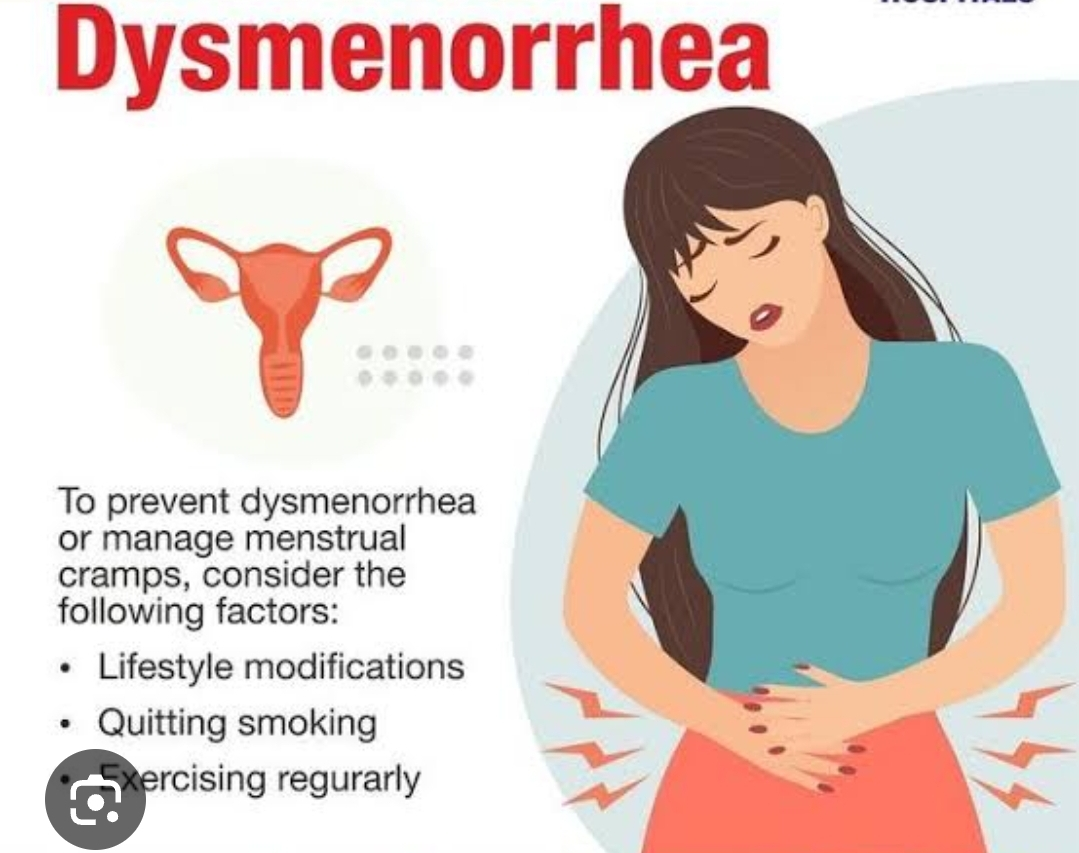
Dysmenorrhea refers to the pain associated with menstruation, commonly known as menstrual cramps. It is classified into two types:
Primary dysmenorrhea: This is common menstrual pain that occurs without any underlying medical conditions. It usually begins within hours of menstruation and is caused by the release of prostaglandins (chemicals that trigger uterine contractions).
Secondary dysmenorrhea: This type of pain is caused by an underlying health condition, such as endometriosis, fibroids, or pelvic inflammatory disease (PID).
Symptoms of dysmenorrhea can include lower abdominal cramps, back pain, nausea, headaches, and fatigue. Treatment options include over-the-counter pain relievers, hormonal contraception, or other medical interventions, depending on the severity and underlying causes.




